Photo: Ashley Osborn
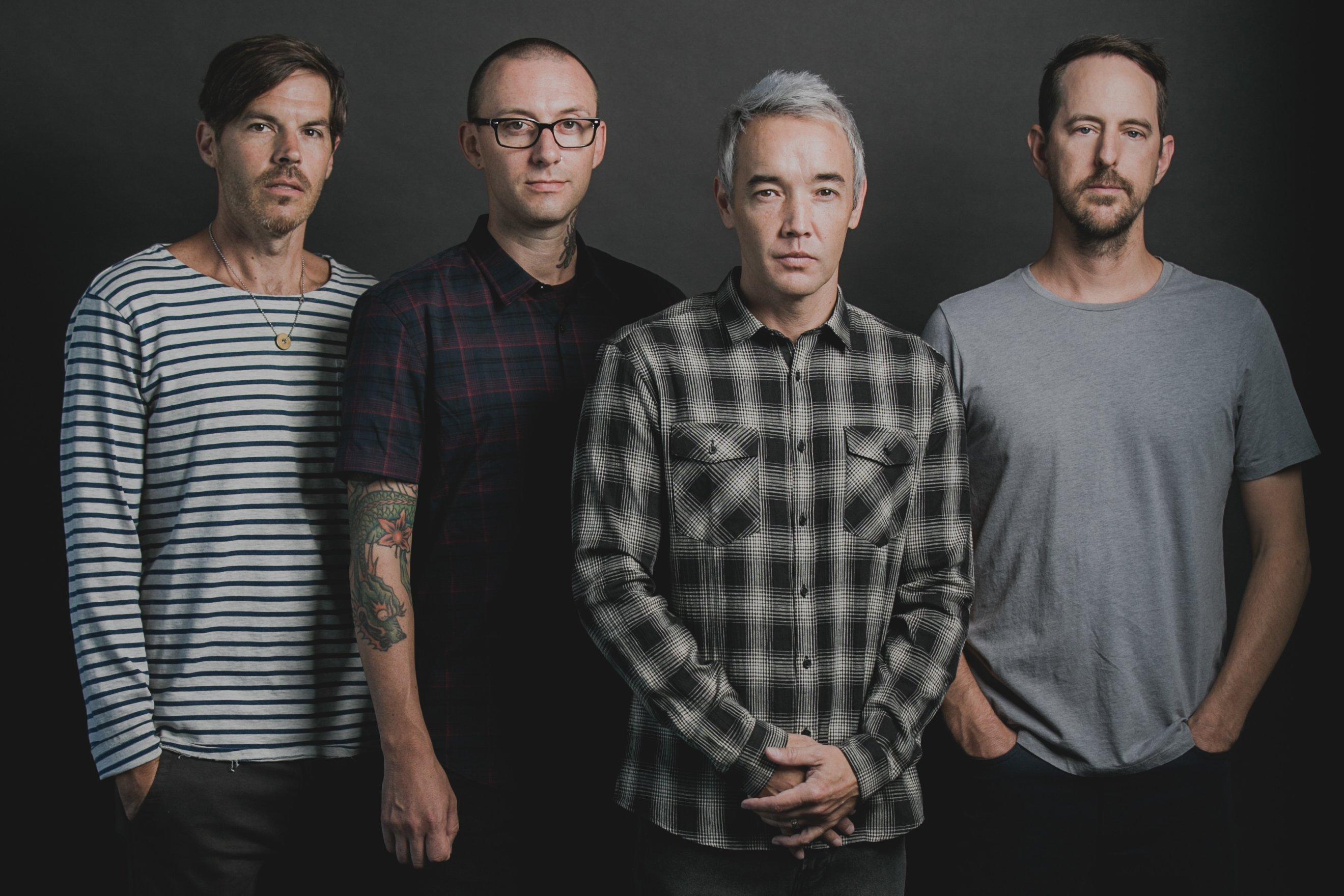
interview
20 Years Later, Hoobastank Come To Terms With "The Reason"
The title track of their second album, "The Reason" became both a blessing and a curse for Hoobastank. For the LP's 20th anniversary, singer Doug Robb and guitarist Dan Estrin give an honest account of how the GRAMMY-nominated song impacted their career.
This past August, Hoobastank's "The Reason" reached the billion-view mark on YouTube. While joining the Billion Views Club is an impressive feat for any artist, it's particularly remarkable for Hoobastank — not only is "The Reason" 20 years old, but it racked up 300 million views this year alone.
The title track to the band's second album, "The Reason" is still crashing through our consciousness courtesy of a comedic (and very memeable) scene from the hit Netflix series "Beef," as well as a viral trend on TikTok. For Hoobastank, the massive resurgence is both perfect timing — The Reason turns 20 on Dec. 9 — and a reminder of the good and the bad that came with their ubiquitous hit.
Ironically, they didn't see the ballad as a single at all, nor did they want it released when their then-label, Island Def Jam, wanted. But it undoubtedly launched Hoobastank into another dimension — even if it created some challenges for the band later on.
When frontman Doug Robb and guitarist Dan Estrin — two of three founding members still remaining alongside drummer Chris Hesse — sat down to speak with GRAMMY.com to discuss the anniversary of The Reason, they seemed very happy and comfortable with where they are today. It's obvious that they've come to terms with the overwhelming success that seemed daunting to follow up at the time, but which gave them their career. Hoobastank's second studio album remains their sales watermark, but the group has gone on to record four more albums, continued to tour, and is even working on new music for 2024.
The band's history actually extends back to 1994, when it was formed originally as a mixture of rock, metal, ska, and funk influences (with saxophones!). The group's quirky, long-lost 1998 debut under the name Hoobustank, They Sure Don't Make Basketball Shorts Like They Used To — which is only available on YouTube — was very influenced by the likes of Fishbone and early Mr. Bungle. But after signing with Island Def Jam in 2000, the band focused on the bristling hard rock that immediately made a splash with their eponymous 2001 debut album, which included the popular anthem "Crawling In The Dark." Plenty of airplay and international touring ensued, and the album was certified platinum within a year.
But it was their sophomore album The Reason that broke Hoobastank big. With high-octane tracks like "Out Of Control" and "Same Direction" and the ballads "Disappear" and the mega-hit title track, the album was certified double platinum in 2004 and nominated for Best Rock Album at the 2005 GRAMMYs. "The Reason" hit No. 2 on the all-genre Billboard Hot 100 singles chart (where it resided for 38 weeks), No. 1 on the Adult Pop Airplay and Alternative Airplay charts in 2004, earning Hoobastank another 2005 GRAMMY nod for Best Pop Performance By A Duo Or Group With Vocal.
Their mainstream crossover may have pegged Hoobastank as a one-hit wonder to many, but their catalog is richer than that. A potent hard rock album, The Reason hit No. 3 on Billboard's Top 200 albums chart, where it endured for more than a year. (It should also be noted that their platinum-selling debut album broke the Top 20.)
Before Netflix brought "The Reason" back, Hoobastank was name-checked on the debut episode of Hulu's satirical "M.O.D.O.K." series in 2021, when the titular character told his son that Hoobastank were "the Beatles of the late '90s." While the quoted time period was slightly off, the line itself was jokey — and not the first time that the band got a shout out.
"We've been named checked enough," Robb says matter-of-factly. "More often than not, I feel like it was kind of a punchline. I think years ago it might have stung a little bit, but I think some of it's pretty funny, man. I get it.
"In our old age and wisdom, we pride ourselves of being a band that's really self-aware of who we are and how we approach things," he continues with a smirk. "I think we're in a place where you can say whatever you want, and it's just water off a duck's back, so I get a good laugh out of it."
The overwhelming popularity of "The Reason" inevitably meant that the public would become largely weary of the song and the band. But like anything revived by nostalgia, people who claimed to dislike something later embrace it. "I mean, when you're ready to hear it, it's there," Robb quips. "I think there's definitely a subset of people who were like, 'We're too cool for Hoobastank.' Now X amount of years later, whatever they thought they were too cool for, they realized they were probably just being dumb."
The universality of the song's themes has resonated with fans over the years. Robb has admitted that his lyrics for "The Reason" were stitched together from unused verses and other ideas, while fans have offered their own interpretations. "People are saying that it was a breakup and makeup song, or a song that they proposed to their significant other or something at their wedding," the singer says. "It's a lot of that kind of stuff more than anything else."
Though the video for "The Reason" has no direct connection to the lyrics, its billion-view status certainly proves it made an impact in its own right. Starring the band in a gem heist, they use a fake car accident with a female "victim" to divert the pawn shop owner's attention. The crooks get away with it — or so they think.
Incidentally, the sequel to that story arrived in the next video for the high-energy song "Same Direction," where we learn there's a police mole in the group. It features hammy cameos from Linkin Park's late frontman Chester Bennington, Good Charlotte's Joel Madden, and Kanye West — a testament to the group's popularity with their peers at the time. That sequel clip has close to 10 million views, which means many people today have not seen how the story turns out.
Estrin explains that the idea initially was to have a trilogy of videos and that "Disappear" was supposed to be the third installment, but it was whittled down to a two-parter. Robb says the label kept barraging them with clichéd boy meets girl, boy hurts girl storylines. The band fought back, proposing an ultraviolent, Matrix-type action video with a doomed bank robbery in which they all die.
After the label objected to that route, all of the initial ideas were scrapped. As Robb puts it, "we ended up with this weird story that has absolutely nothing to do with the song at all."
According to Estrin, the narrative's randomness apparently resonated. "I have to say that over the years there's been a couple of videos that have been made outside the United States that have completely 100% ripped off the video," he suggests. "I laugh when I see it. I'm flattered, but at the same time I'm annoyed."
After "The Reason" blew up, Robb recalls how he later tried to dissect "The Reason" to understand how it got so big. But the singer came to understand that it was largely factors beyond his control — and ultimately, the band did not try to replicate the song's success.
Even so, the song and album's popularity also created immense pressure for their next LP, 2006's gold-certified Every Man For Himself — especially as its ubiquity meant some people were tired of Hoobastank altogether.
"I remember anytime anything [we were writing] started in the key of E and was mid-tempo, I would be like, 'No, no, no, that's too close,'" Robb recalls. "We were very sensitive about it, and in hindsight we probably shouldn't have been, but we were experiencing a little bit of the backlash. We rode the highs with the popularity, and now the other side of that double-edged sword was being felt. People were just tired of it. It was overplayed, which I understand, so we were trying to fight that a little bit."
Back in 2006, when I interviewed Robb for Metal Edge magazine about Every Man For Himself, he admitted he was not a big fan of The Reason because he felt the process was rushed and the album was rather assembly-line in its creation.
"I think maybe if it felt that way last we spoke, it was because I like long albums [and] songs that are 8 minutes long. I have the attention span for that," he suggests now. "I never get bored listening to a 9-minute Tool song, so pumping out three-and-a-half minute songs felt a little formulaic. There's definitely a kind of Mad Libs structure to songs like that. While it's cool, it wasn't my style in general … and I still feel that way."
Since The Reason, Hoobastank has explored several genre influences, from pop and funk to alt-rock and EDM, at one point earning the fan-dubbed label of "romantic metal." Many of their subsequent releases — particularly their most recent effort, 2018's Push Pull — are not as intently frenetic as The Reason; in turn, they never reached the same commercial heights. But that never fazed the group, as they've retained a consistent fan base.
And 20 years after their breakthrough, Hoobastank is far from done. Robb reveals that new music is in the works for 2024, and they're set to perform at festivals alongside bands like Yellowcard and Sum 41; they're also toying with the idea of a nostalgic tour package of their own.
Their diversity has presented a conundrum in a music business often predicated on genre. Estrin notes that while the band played the nu-metal oriented Sick New World Festival this past May, they could also feel at home at the emo-flavored When We Were Young festival. "We don't really fit in here, or in here," he acknowledges. "So when these [bands] are all thinking about who to take out or who to package up with, they might not be thinking of these dudes right here. We're going, 'hey, we can fit on both sides."
Hoobastank undoubtedly appreciate what "The Reason" did for them, highlighting both its one-billion YouTube threshold and 900-million stream Spotify tally on social media; they'll also and are performing the album in its entirety at The Echo in L.A. on Dec. 11. Above all, Robb and Estrin are happy that, even after making music together for three decades, they can still create new music at their own pace and on their own terms.
"My personal goal was never to be a rock star, whatever that stereotype is," Robb declares. "In some ways, the attention and the pressure that comes with that spotlight has been one of the negative things about what I do, ironically. But I enjoy creating music and rehearsing and traveling with these guys, and that to me is the success. The fact that we can still do this, and this is still our 'job' 20-plus years later, that's pretty remarkable."
15 Reissues And Archival Releases For Your Holiday Shopping List
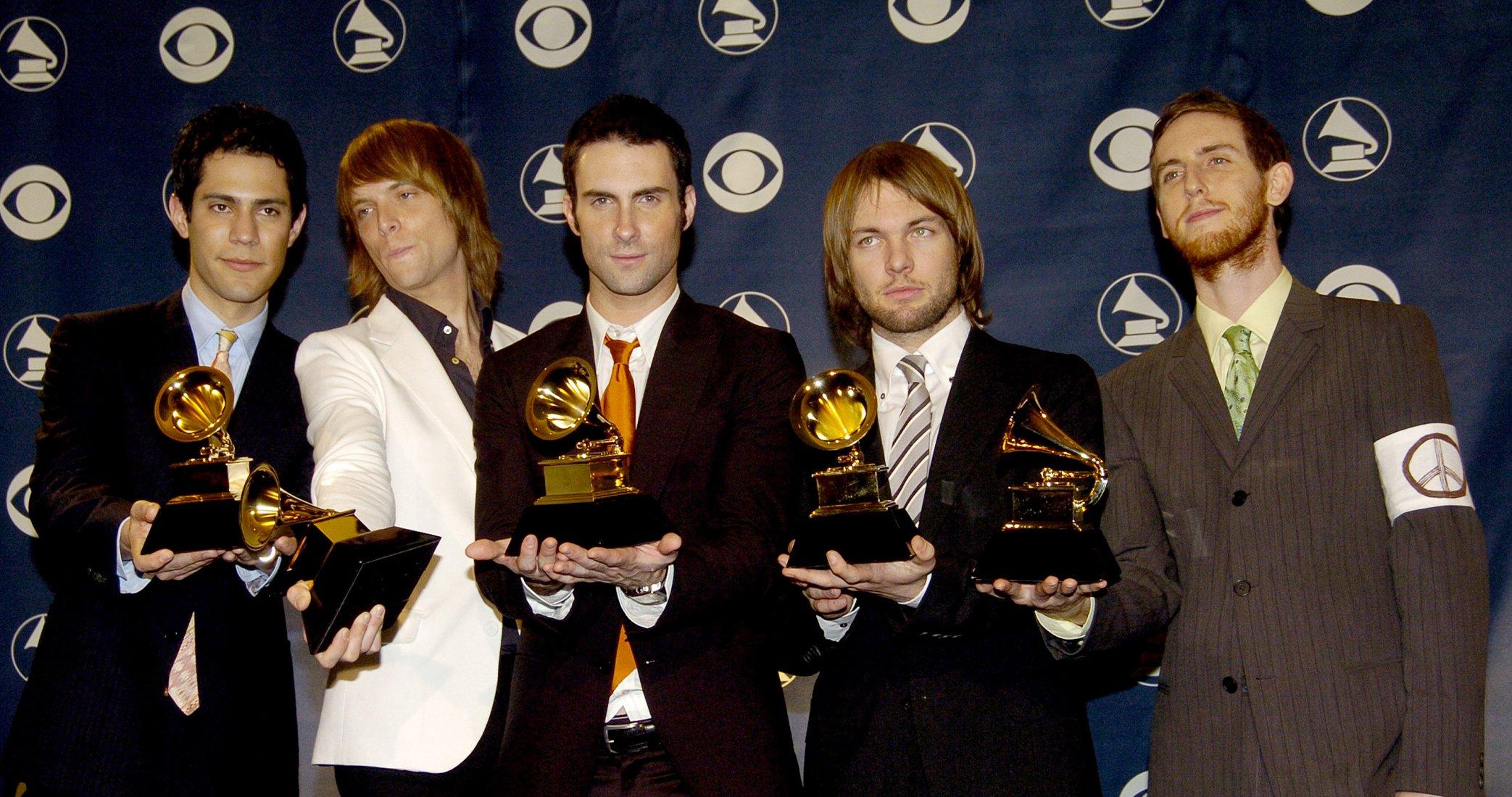
Maroon 5
news
GRAMMY Rewind: Watch Maroon 5 Win Best New Artist At The 47th GRAMMY Awards In 2005
In the latest episode of GRAMMY Rewind, watch Hoobastank and Tyra Banks present Maroon 5 with the GRAMMY for Best New Artist at the 47th GRAMMY Awards in 2005
Three ears after the release of their blockbuster debut, Songs About Jane, Maroon 5 took the stage at the 47th GRAMMY Awards in 2005 to accept the GRAMMY for Best New Artist from presenters Hoobastank and Tyra Banks.
Who did frontman Adam Levine shout out first? Kanye West, who was also up for that category along with Los Lonely Boys, Joss Stone and Gretchen Wilson.
"Kanye West, I want to thank you so much for being unbelievable," Levine says from the GRAMMY stage, holding the award aloft. (A white-suited Ye looks serene and agreeable about the results.) Levine then earnestly launches into a litany of friends, family and music biz giants who made the win possible.
In the latest episode of GRAMMY Rewind, watch the charming speech above and click here to enjoy more episodes of the series.
GRAMMY Rewind: Esperanza Spalding Elatedly Wins Best New Artist In 2011

Photo: Erika Goldring
list
5 Artists Who Graduated From GRAMMY Camp: Chappell Roan, Maren Morris, Blu DeTiger & More
As GRAMMY Camp 2024 winds down, check out this list of leading figures in the music community who count themselves as alumni.
GRAMMY Camp is almost a wrap — but the musical memories will last a lifetime. On Saturday, July 19, the weeklong summit for students interested in music careers will wrap after six enlightening days.
Held at the Village Recording Studios in Los Angeles, GRAMMY Camp's faculty of music professionals — along with guest professionals — have offered precious insight to give campers the best chance at succeeding in their career of choice.
The available Camp tracks include Audio Engineering, Electronic Music Production, Songwriting, Music & Media, Music Business, and much more. Many alumni of this enriching crash course have risen to prestigious positions across the musical landscape.
As the Recording Academy signs off on yet another elevating GRAMMY Camp, check out this list of five major artists who cut their teeth at the almost 20-year institution.
Maren Morris
The future country wunderkind attended GRAMMY Camp for its very first iteration, back in 2005. There, the then 15-year-old met undisputed leaders in the music community, like Jimmy Jam and Paul Williams — which set the course for her incredible career to come.
In the years since, Morris has won a GRAMMY, received 17 GRAMMY nominations, and topped the Billboard country charts. She also joined the country supergroup the Highwomen with fellow juggernauts Brandi Carlile, Natalie Hemby and Amanda Shires.
At this year's GRAMMY Camp, Morris returned as a guest artist. What's her advice to budding artists? "Just stick to being authentic," she told RecordingAcademy.com, "and people see that, no matter what time they arrive to the party for you."
Along the way, "Find people that listen to you," Morris added, "but also push you and your creativity to new areas of yourself."
Jahaan Sweet
In 2009 — four years after Morris' GRAMMY camp tutelage — the formidable Jacksonville, Florida, producer, songwriter and pianist Jahaan Sweet attended GRAMMY Camp.
At the outset, he was thrilled to come to L.A. for the first time and network with like-minded folks in music. "I knew that my skill set wasn't that great," he told GRAMMY.com a decade later, "but it was just so good to be around people who were all there to learn and create together.
"I feel like that's the biggest takeback I have of GRAMMY Camp," he continued. "It was amazing to have all those people together under one roof, all in the same vicinity, all doing creative things." Working with GRAMMY Camp Faculty Director Jason Goldman was one clear highlight for him: "He's a great guy, and he was such a good, carefree band director."
By now, Sweet has worked with Kehlani, Kendrick Lamar, Drake, Eminem, the Carters, Ty Dolla $ign, A Boogie Wit Da Hoodie, and many more; he's been nominated for three GRAMMYs and won one. And as a launchpad, GRAMMY Camp helped make all these accomplishments possible.
Watch now: Producer Jahaan Sweet Talks Making Records With Boi-1da, Drake & More | Behind The Board
Chappell Roan
In 2024, Chappell Roan is very, very famous — as she admits, a little more famous than she would like right now.
Regardless, the self-christened "Midwest Princess" — whose moniker was ensconced in the title of her 2024 breakout album — has wholly earned her plaudits, including opening for Olivia Rodrigo on her GUTS tour. And she can trace a line directly back to a decade ago, in 2014, when she attended GRAMMY Camp.
"I didn't do my senior year. I didn't go to prom. I didn't go to graduation," Roan explained to Rolling Stone in 2022, about her early musical life. "I missed a lot of what would have been the end of my childhood to do this job," she says.
For those like Roan, who are dead serious about making the music thing work, GRAMMY Camp is an ideal fount of experience and inspiration.
Read more: Chappell Roan's Big Year: The Midwest Princess Examines How She Became A Pop "Feminomenon"
Jensen McCrae
Another shout out to GRAMMY Camp's Class of 2014: that's the year that indie-folk-pop favorite Jensen McCrae put in her time, at the tender age of 16.
"I started playing and writing music as a little kid, and I've known I've wanted to be creative for my whole life," McCrae told VoyageLA, adding that she began taking songwriting and performing seriously in high school.
"[Being a] half-white, half-Black girl who spent her whole life in academically cutthroat private schools while trying to pursue a career in the arts gives me a unique perspective on the world," she explained. Which made McCrae an live antenna at GRAMMY Camp, picking up signals left and right.
The 10-day experience cemented the Angeleno's desire to attend college at the University of Southern California's Thornton School of Music — where she got a full ride, and was off to the races. These days, she's fresh off an opening slot for Noah Kahan on the We're All Be Here Forever Tour.
Blu DeTiger
"I remember thinking 'So many girls play guitar and sing,'" the TikTok-flourishing bass phenom Blu DeTiger told Spin in 2022. "I was like, 'I want to be different. I want to do something unique.' And I've never looked back."
Part of GRAMMY Camp's message is: dare to be different, to be you. Which made DeTiger an ideal student, when she enrolled in 2015; today, she's leading the charge for a generation of young, innovative bassists of all backgrounds.
Read more: Love Thundercat? Check Out These 5 Contemporary Bassists Keeping The Flame
Along with Morris and New Jerseyan singer/songwriter Jeremy Zucker, DeTiger returned in 2024 as a guest artist — bringing the musical education process full circle, as she continues to redefine how the bass is presented in the social media era of music.
The 20th annual GRAMMY Camp celebration is running now and concludes with the GRAMMY Camp Finale Student Showcase on Saturday, July 20, at the Ray Charles Terrace at the GRAMMY Museum.
Learn more about GRAMMY Camp here — and we'll see you next year in Los Angeles!
Explore GRAMMY Camp And The GRAMMY Museum

5 Artists Who Graduated From GRAMMY Camp: Chappell Roan, Maren Morris, Blu DeTiger & More
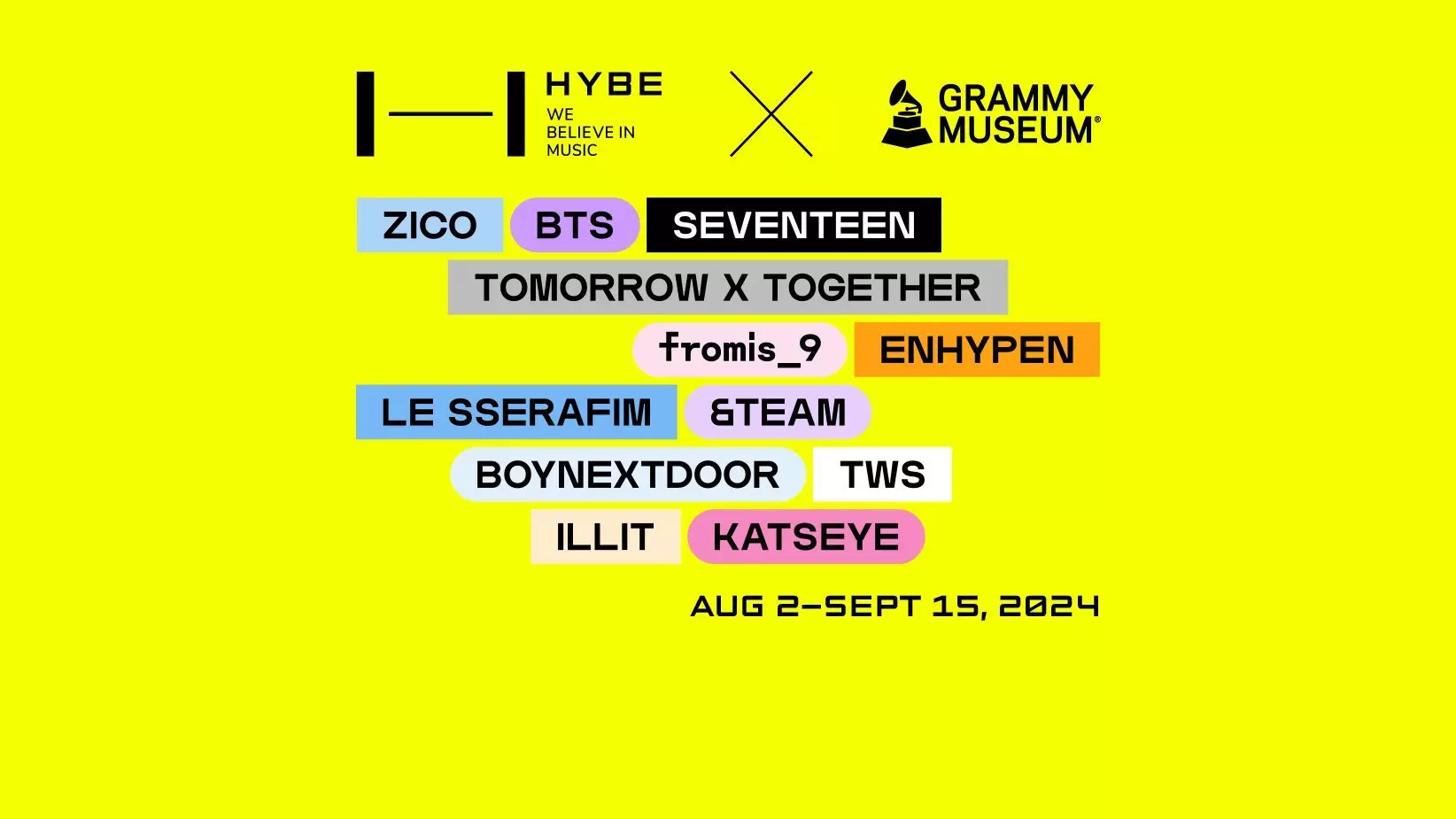
GRAMMY Museum Partners With HYBE For New K-Pop Exhibit 'HYBE: We Believe In Music' Opening Aug. 2

GRAMMY Hall of Fame Gala Red Carpet Highlights
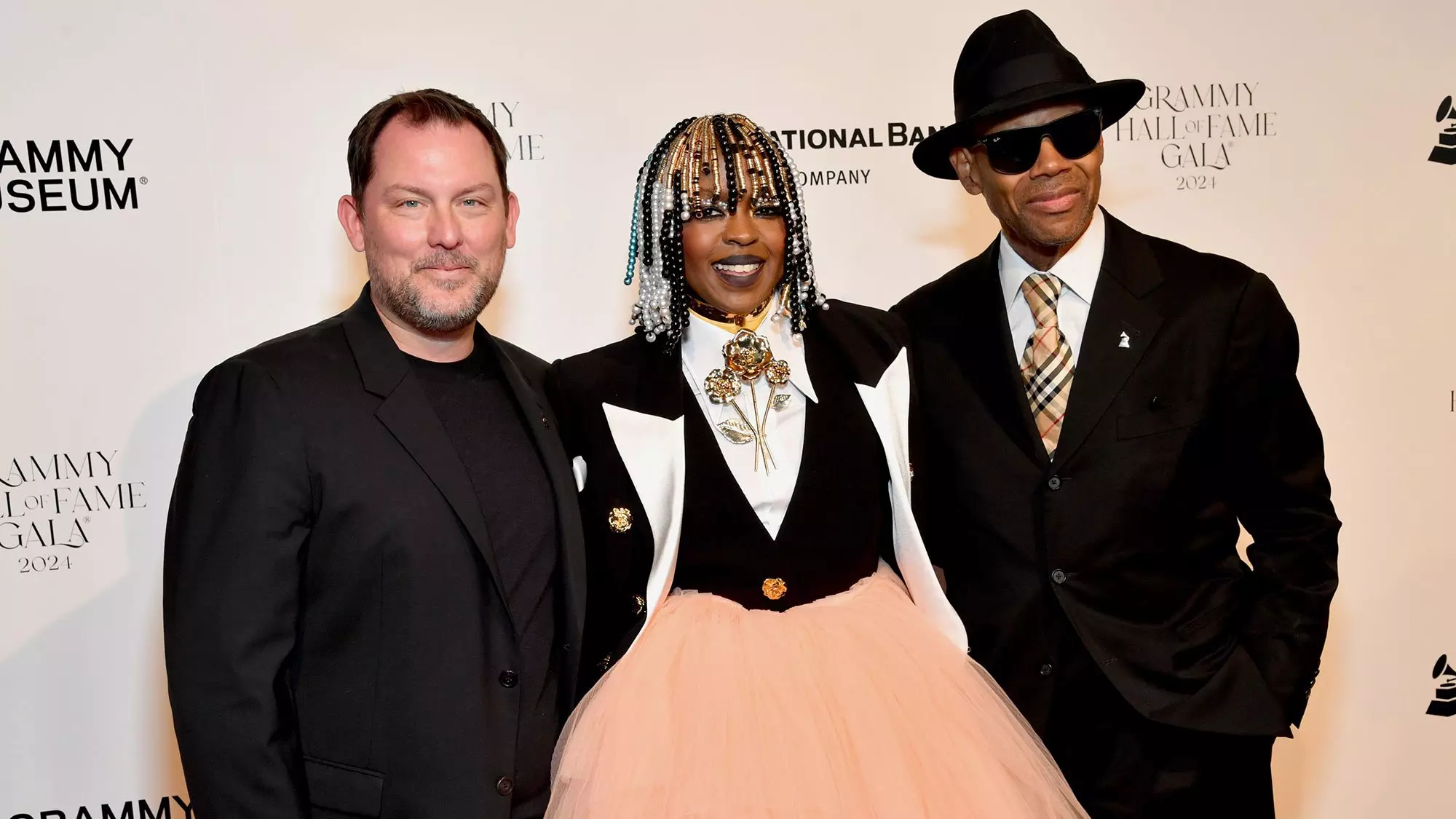
6 Key Highlights From The Inaugural GRAMMY Hall of Fame Gala Honoring Lauryn Hill, Donna Summer, Atlantic Records & Many More
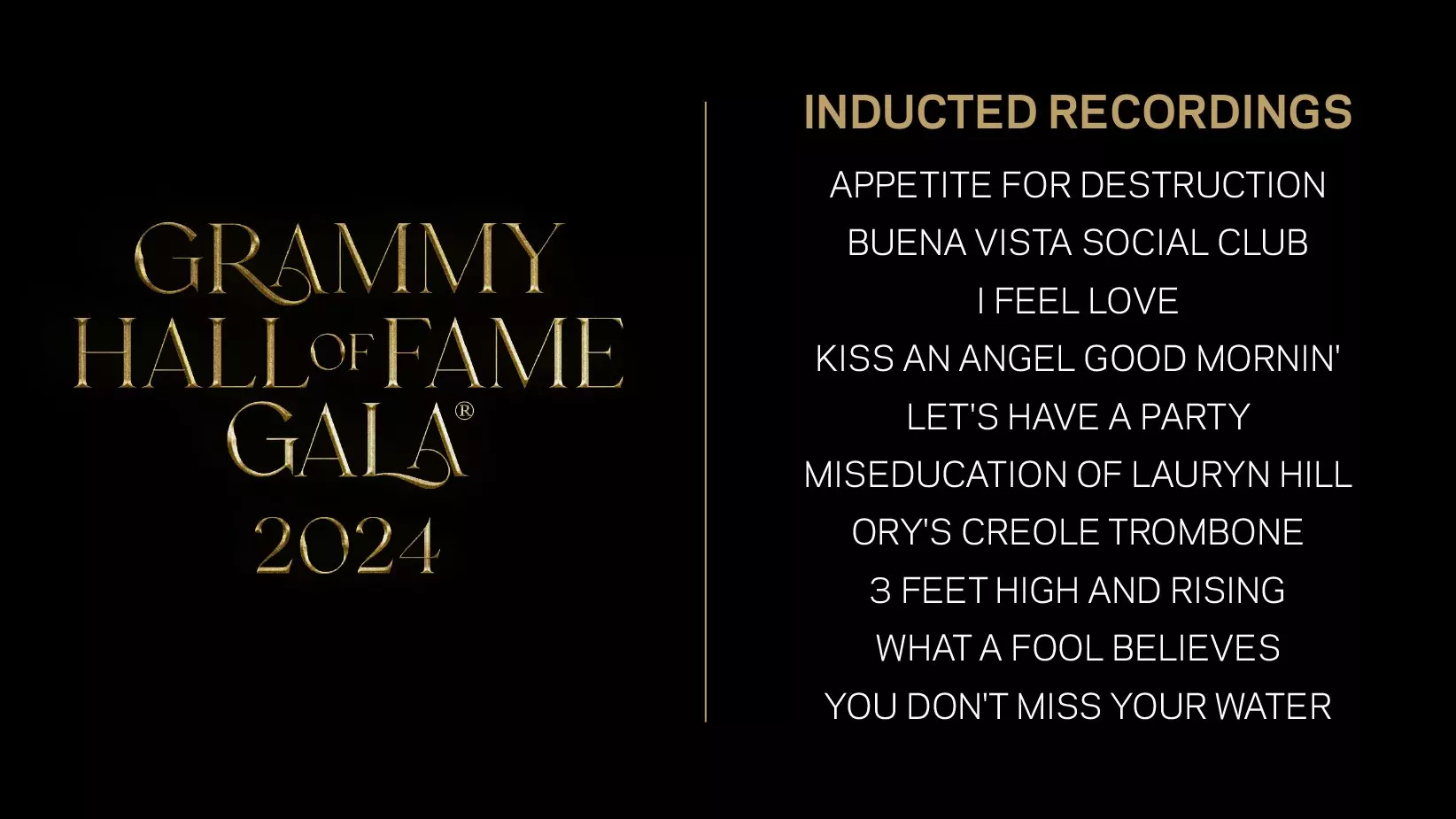
Explore The 2024 GRAMMY Hall Of Fame Inducted Recordings: Lauryn Hill, Guns N' Roses, De La Soul, Donna Summer & Many More
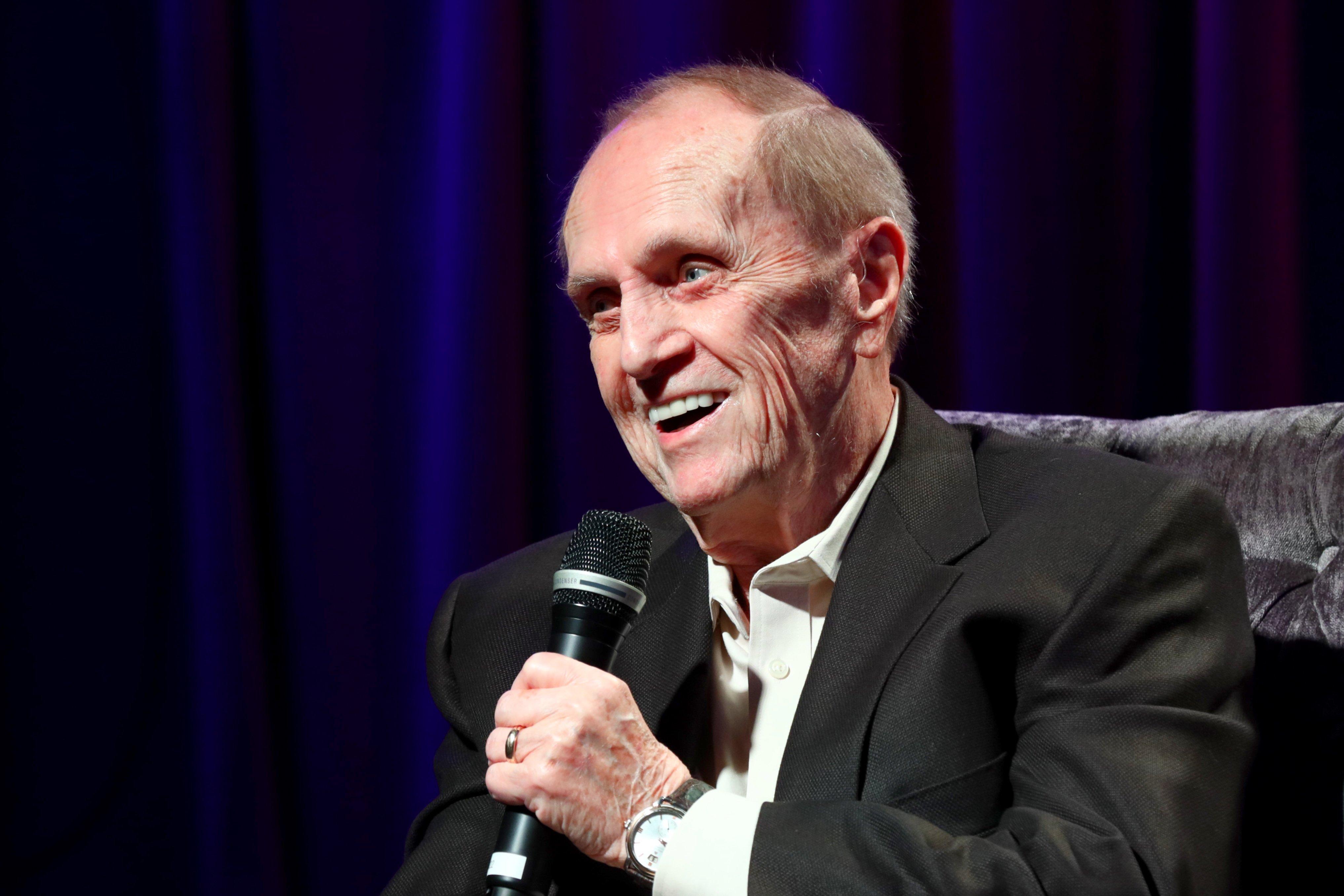
Photo: Rebecca Sapp/WireImage
news
Remembering Bob Newhart, The Comic Who Made GRAMMY History With His Debut Album
The legendary comic, whose work onstage and on screen spanned multiple generations, passed away at age 94 on July 18.
Bob Newhart, one of the most celebrated comedians of his generation and renowned for his deadpan delivery died at his home in Los Angeles on July 18. He was 94.
Awarded the John F. Kennedy Center for the Performing Arts’ Mark Twain Prize for American Humor in 2002, Newhart launched his career with a record-setting record. By the time he transitioned to television with two successful sitcoms, he had become a household name.
Newhart made his vinyl debut on April Fool’s Day in 1960, when Warner Brothers Records released his first comedy album, The Button-Down Mind of Bob Newhart. A year later, at the 3rd GRAMMY Awards, the former accountant-turned-comic took home three golden gramophones.
At the 1961 GRAMMYs, Newhart won Album Of The Year — beating out two classical albums as well as works by Nat King Cole, Frank Sinatra and Harry Belafonte. Newhart also won Best New Artist at that year's ceremony and, to this day, is the only comedian to win in both categories.
Recorded live on Feb. 10, 1960 at the Tidelands Motor Inn in Houston, Button Down Mind also became the first comedy audio album to reach No. 1 on the Billboard 200 chart. The album is widely considered to be one of the most consequential comedy albums of the 20th century and, fittingly, features the subtitle The Most Celebrated New Comedian Since Attila (the Hun).
The album was added to the Library of Congress’s National Recording Registry in 1960. That year, The New York Times noted that Newhart was “the first comedian in history to come to prominence through a recording.” In 2007, the Recording Academy inducted The Button-Down Mind of Bob Newhart into the GRAMMY Hall of Fame.
His second album, The Button-Down Mind Strikes Back!, similarly topped the Billboard charts and earned Newhart his third GRAMMY Award, this time for Best Comedy Performance — Spoken Word.
Newhart received two additional GRAMMY nods during this illustrious career: His Button Down Concert album was nominated for Best Spoken Comedy Album at the 40th GRAMMY Awards, and nine years later his I Shouldn't Even Be Doing This! was nominated for Best Spoken Word Album.a
The success of Button-Down Mind led to the launch of Newhart's long TV career. His NBC variety show, "The Bob Newhart Shot" only lasted one season, but earned an Emmy for Outstanding Comedy Series in 1962. Newhart found greater success through CBS, which broadcast a series of the same name. On the second "The Bob Newhart Show," which ran from 1972 to 1978, the comic actor played a psychologist,
Four years later, he followed up with another sitcom, "Newhart," which aired until 1990 and in which Newhart played a Vermont innkeeper.
Bob Newhart has continued to have a presence on the small screen. His recording debut has been referenced in a variety of contemporary period shows, including "Mad Men" and "The Marvelous Mrs. Maisel."
During his decades-long television career, Newhart received nine EMMY nominations, including as Outstanding Lead Actor in a Comedy Series over three consecutive years for "Newhart" and three for Outstanding Guest Actor in a Comedy Series for his appearances on CBS’ "The Big Bang Theory."
Born George Robert Newhart on Sept. 5, 1929, in Oak Park, Illinois, Newhart graduated from Loyola University of Chicago in 1952 with a degree in accounting. After serving in the Army during the Korean War, he returned to Loyola for law school, but dropped out and pursued office work.
Newhart worked as an accountant for United States Gypsum Corp., which manufactures construction materials, and later as a copywrighter for Fred Niles Films Company in Chicago. During that time, Newhart began recording "long, antic" phone calls with a friend as audition tapes for comedy jobs. They caught the attention of a Chicago disc jockey, who introduced Newhart to the head of talent at Warner Bros. Records and which led to a life-changing contract in 1959.
It was in the latter category that Newhart won his first and only Emmy in 2013, 20 years after the Academy of Television Arts and Sciences inducted him into its Hall of Fame.
Remembering Legends & History-Makers
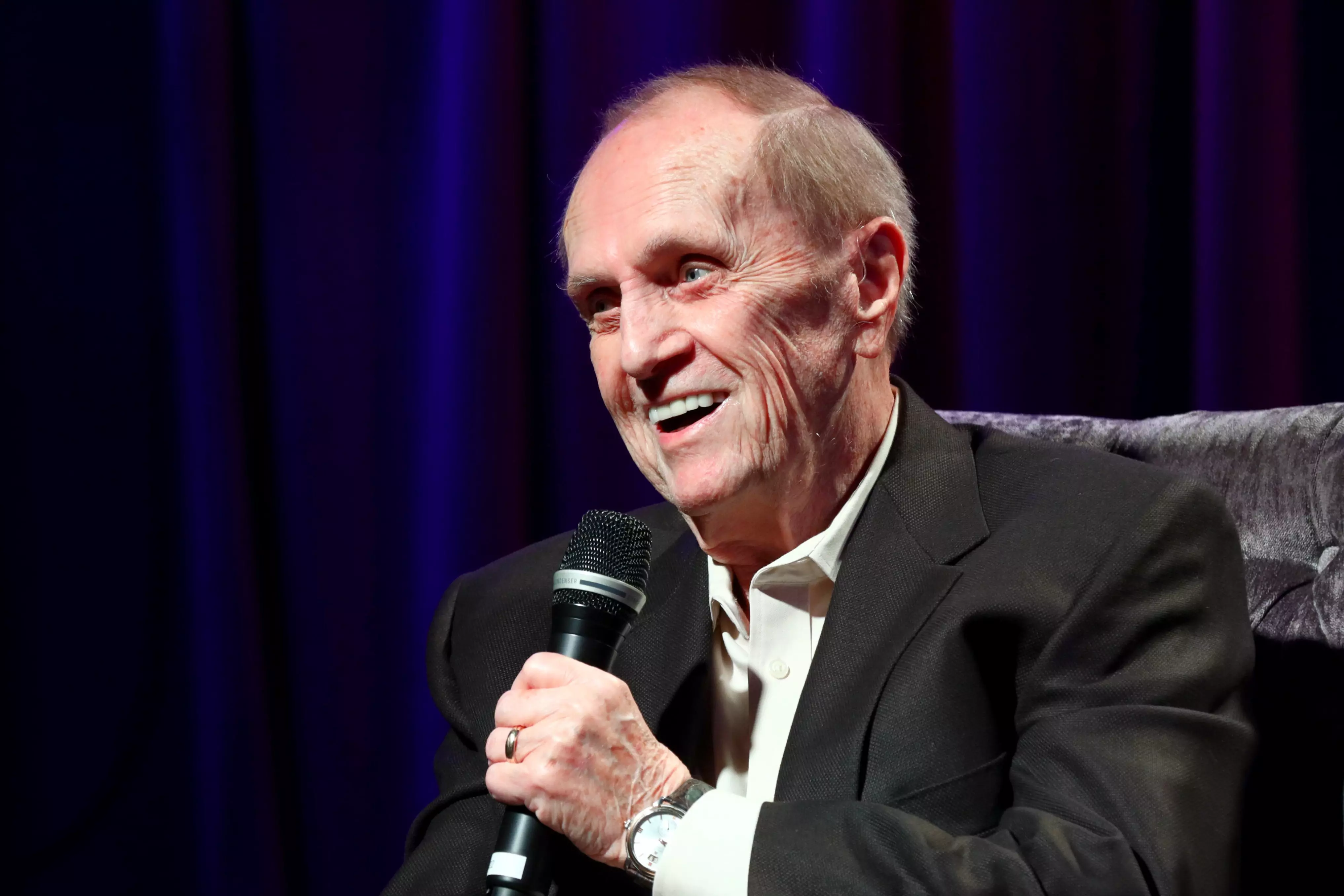
Remembering Bob Newhart, The Comic Who Made GRAMMY History With His Debut Album

2024 GRAMMYs In Memoriam: Stevie Wonder, Lenny Kravitz & More Pay Tribute To Late Icons
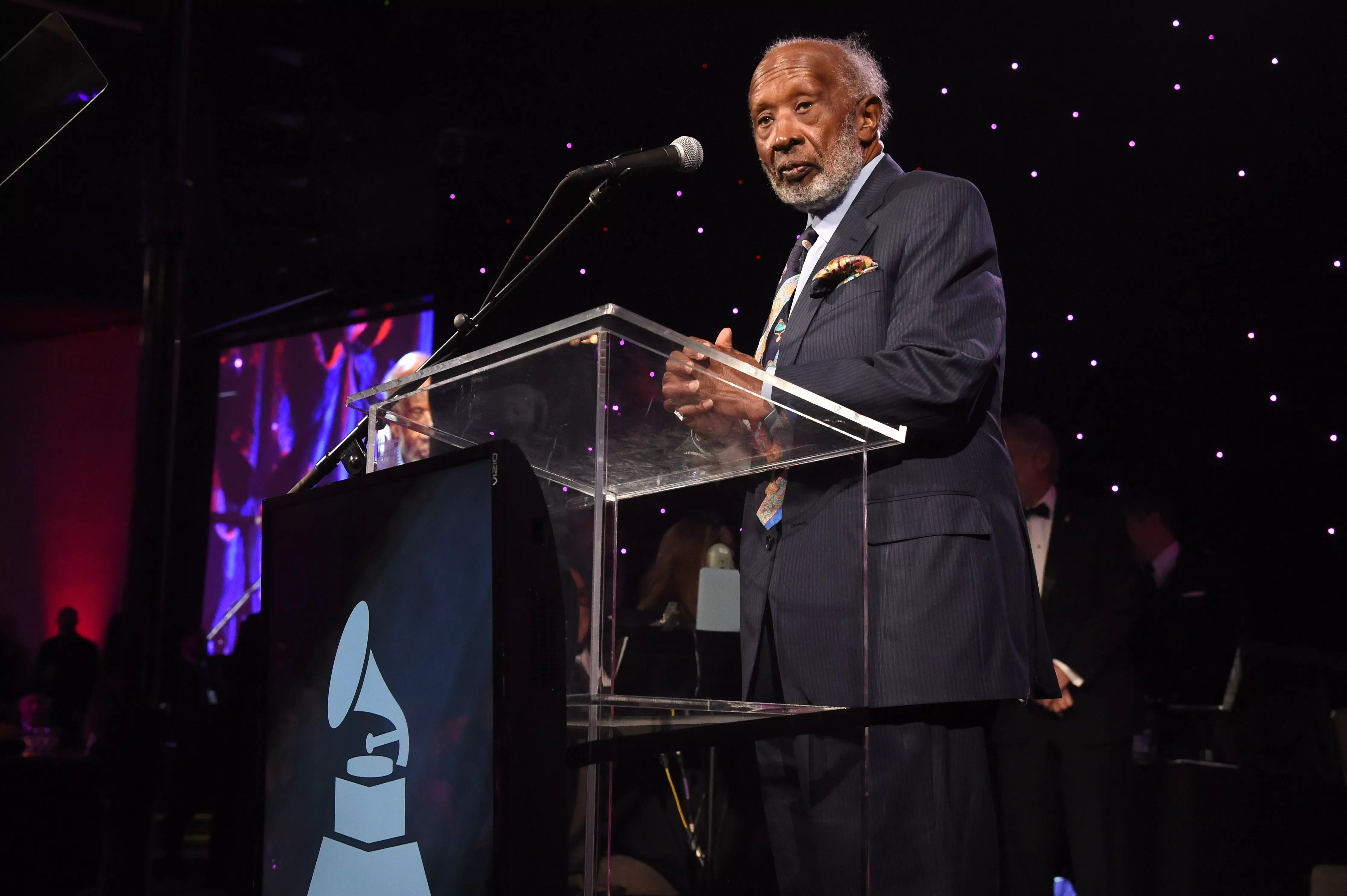
Remembering Clarence Avant: The Black Godfather, Renowned Entertainment Mentor & Recording Academy Honoree
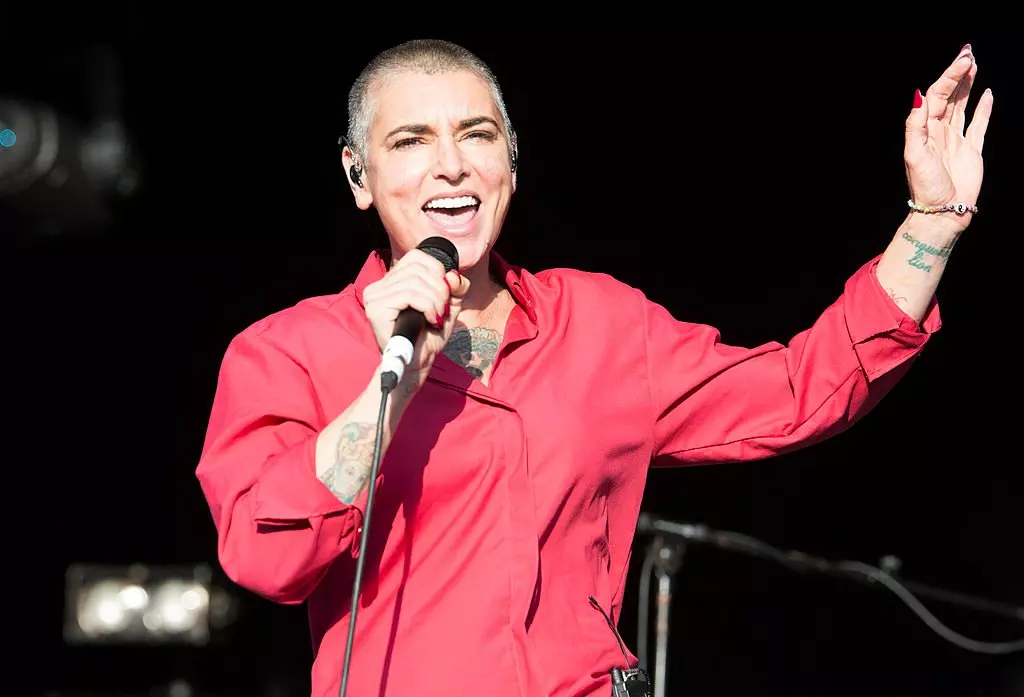
Remembering Sinéad O’Connor: 5 Essential Tracks By The Iconoclastic Singer/Songwriter
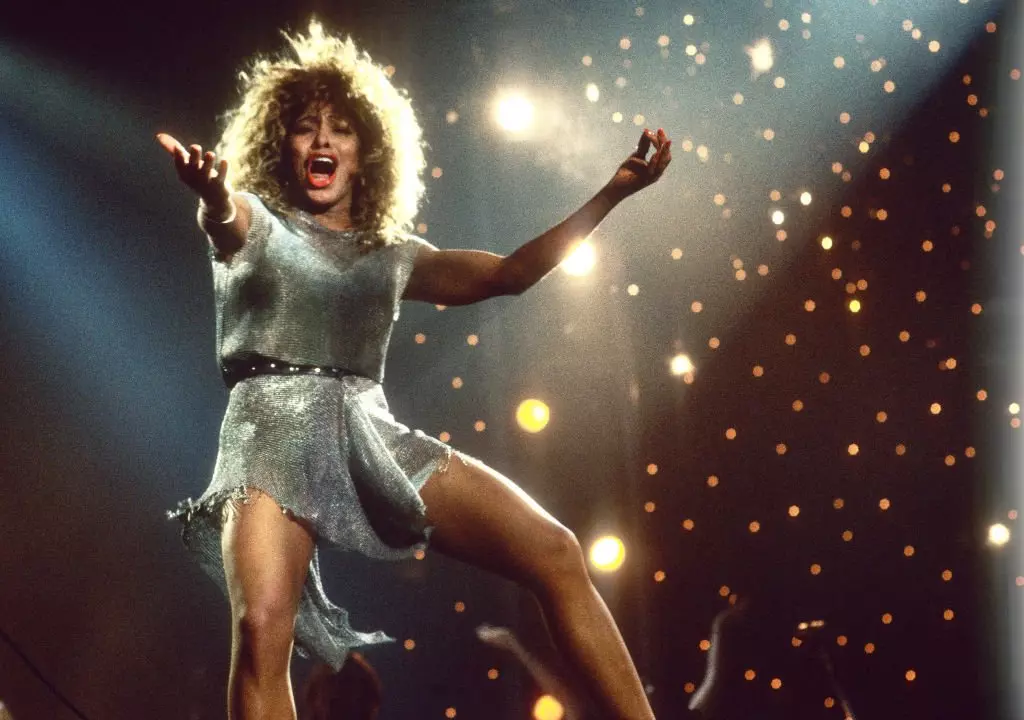
Remembering The Artistry Of Tina Turner, "The Epitome Of Power And Passion"

Photo: Taylor Hill/Getty Images
list
5 Takeaways from BTS Jimin's New Album, 'MUSE': A Bold Exploration Of Love And Inspiration
Jimin's second solo project, 'MUSE,' showcases his artistic growth and versatility, featuring a blend of nostalgic sounds, personal reflections, and standout collaborations.
K-pop juggernauts BTS are still on hiatus due to military enlistments, except for Jin, who was discharged last month. Yet, all members remain booked and busy in their solo endeavors.
Documentaries, travel shows, special singles — you name it, they carefully prepared it before starting their duties. And after new records from j-hope (HOPE on the Street) and RM (Right Place, Wrong Person) this year, the next in line is Jimin, who dropped MUSE today.
The album comes almost a year and a half after his debut EP, FACE, which placed Jimin as the first South Korean soloist to top Billboard's Hot 100 chart. In it, the Busan-born star proved his versatility and prowess standing on his own, captivating audiences old and new with his sensitive charisma.
In MUSE, Jimin introduces a new facet of his musical identity: bolder and more confident, but still a big softie at heart. To celebrate the beginning of a new era — and to ease the wait until his discharge next year — here are five key takeaways from Jimin's latest release, MUSE.
It's Another Jimin-led Production
FACE was a proper introduction to Jimin's artistic vision, with him contributing to every aspect of the project and co-writing all of its tracks, minus the instrumental "Interlude: Dive."
Now, he takes it up a notch for MUSE, showcasing his growth by co-writing six out of seven tracks, and co-producing two of them: "Rebirth" and "Interlude: Showtime." Once again, Jimin had a hand on all of the album's components, including its concept and visuals, and bore down another layer of his ever-evolving skills.
If FACE introduced us to a vulnerable and sometimes desperate Jimin, MUSE charges forward with main pop boy energy, tender but commanding, sweet but sassy. It works both as a gift to fans and a tool to get to know Jimin even deeper.
He’s Still In Search Of His Muse
"We never met, but she's all I see at night/ Never met but she's always on my mind/ Wanna give her the world/ And so much more/ Who is my heart waiting for?" Jimin sings in MUSE's track, "Who." As the lyrics suggest, MUSE's main theme is Jimin's journey to find the source of his inspiration — his muse.
The album's seven tracks are all interconnected by love and longing, with Jimin searching for the one but getting lost in the way, and back at it once more. Through this perspective, he continues his path of self-discovery. After looking at his own FACE in the mirror, who else does he see? Who else instigates him enough to make art?
A Stellar Team Backs Up The Effort
To write and produce MUSE, Jimin enlisted longtime collaborators Pdogg, Ghstloop, Evan, and Supreme Boi. They have also been working with BTS for years, and know just what Jimin wants and needs in his songs.
But to make this album even more special, Jimin also collaborated with a fresh crop of professionals. Lead single "Who" was co-written and co-produced by Jon Bellion, Pete Nappi, and Tenroc, while Ayo the Producer and Kofo co-signed the fan-dedicated "Closer Than This." OneRepublic's Ryan Tedder helped pen "Be Mine," and Tommy Brown has writing credits on "Rebirth" and "Smeraldo Garden Marching Band (feat. Loco)."
Aside from Korean rapper Loco, MUSE also features American actress and singer Sofia Carson on the smooth duet "Slow Dance." Together, these names assembled a cohesive, yet diverse LP, brimming with influences from several decades, genres, and countries at once.
The Smeraldo Flower Makes A Comeback
Back in 2017, when BTS was in their LOVE YOURSELF era, they also introduced to their lore a fictional blue flower named Smeraldo. Symbolizing "a truth that cannot be told," its legend was better explored in the track "The Truth Untold (Feat. Steve Aoki)," and offered important clues to understanding that era's messages.
However, as years passed, the Smeraldo flower was largely forgotten from BTS's new works — until MUSE. Here, Jimin brings back the blue flower as one of the albums' visual concepts, and as the main motif behind pre-release "Smeraldo Garden Marching Band (feat. Loco)."
According to a press statement, the track's lyrics "express the longing to confess and find love on behalf of those unable to articulate their feelings," hence the use of Smeraldo. As for its curious title — loosely inspired by The Beatles' 1967 album Sgt. Pepper's Lonely Hearts Club Band — it came first as a casual nickname between Jimin, Pdogg, Ghstloop, and Evan while they worked together on FACE, and eventually became real.
It’s Packed With Nostalgia
If you miss Justin Timberlake's Justified sounds and other early-2000s gems, MUSE is here to take you on a nostalgic trip. Inspired by pop, R&B and hip hop from that era, Jimin gave his latest album a vintage, cozy veneer.
These references are predominantly visible on "Who" and its delightful guitar strums, but "Slow Dance (feat. Sofia Carson)," for example, sounds like an updated version of Usher and Alicia Key's "My Boo," and "Be Mine" could be the 2020's lovechild of Santana's "Maria Maria" and Sean Paul's "I'm Still In Love With You."
Another strain of references can be seen in "Smeraldo Garden Marching Band (feat. Loco)," which extends The Beatles' inspiration to experimental samples and marching band percussion, and creates a quirky piece that strays away from any current trends. "Interlude: Showtime" drinks from the same source, featuring a circus brass and drum line that introduces us to the singularity of "Smeraldo Garden."
While infused with nostalgia, MUSE still appeals to today's tastes, and offers a seamless, polished listen. It stands as a testament to Jimin's artistic growth, and while he might not have found his muse yet — he is certainly a source of inspiration for many.
More BTS News
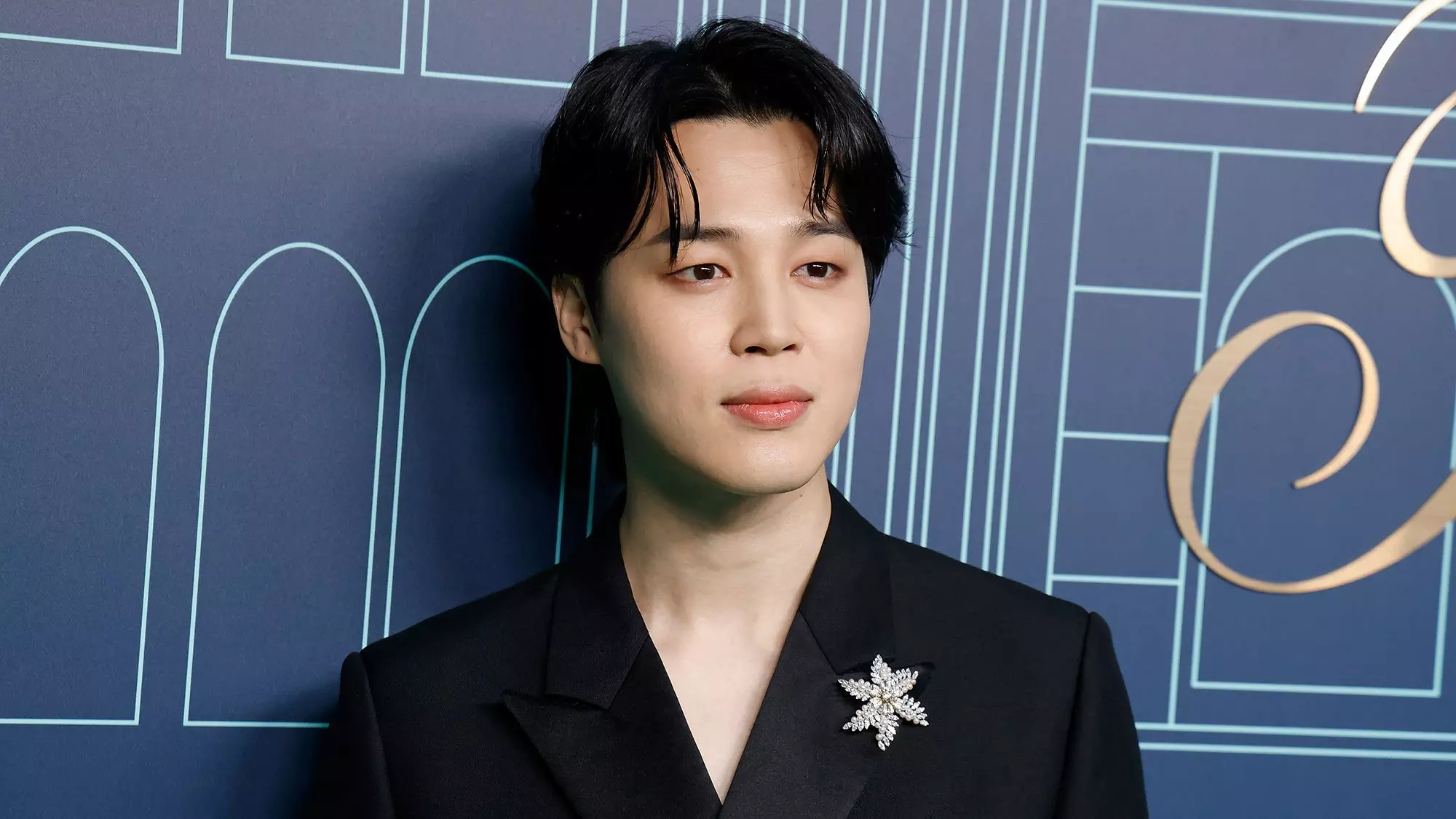
5 Takeaways from BTS Jimin's New Album, 'MUSE': A Bold Exploration Of Love And Inspiration

GRAMMY Museum Partners With HYBE For New K-Pop Exhibit 'HYBE: We Believe In Music' Opening Aug. 2

Stream RM's New Album 'Right Place, Wrong Person': See The Tracklist, "LOST!" Video & Special Guests

J-Hope's Road To 'Hope On The Street Vol.1,' From Falling Back In Love With Dance To Tying Together His Global Influences
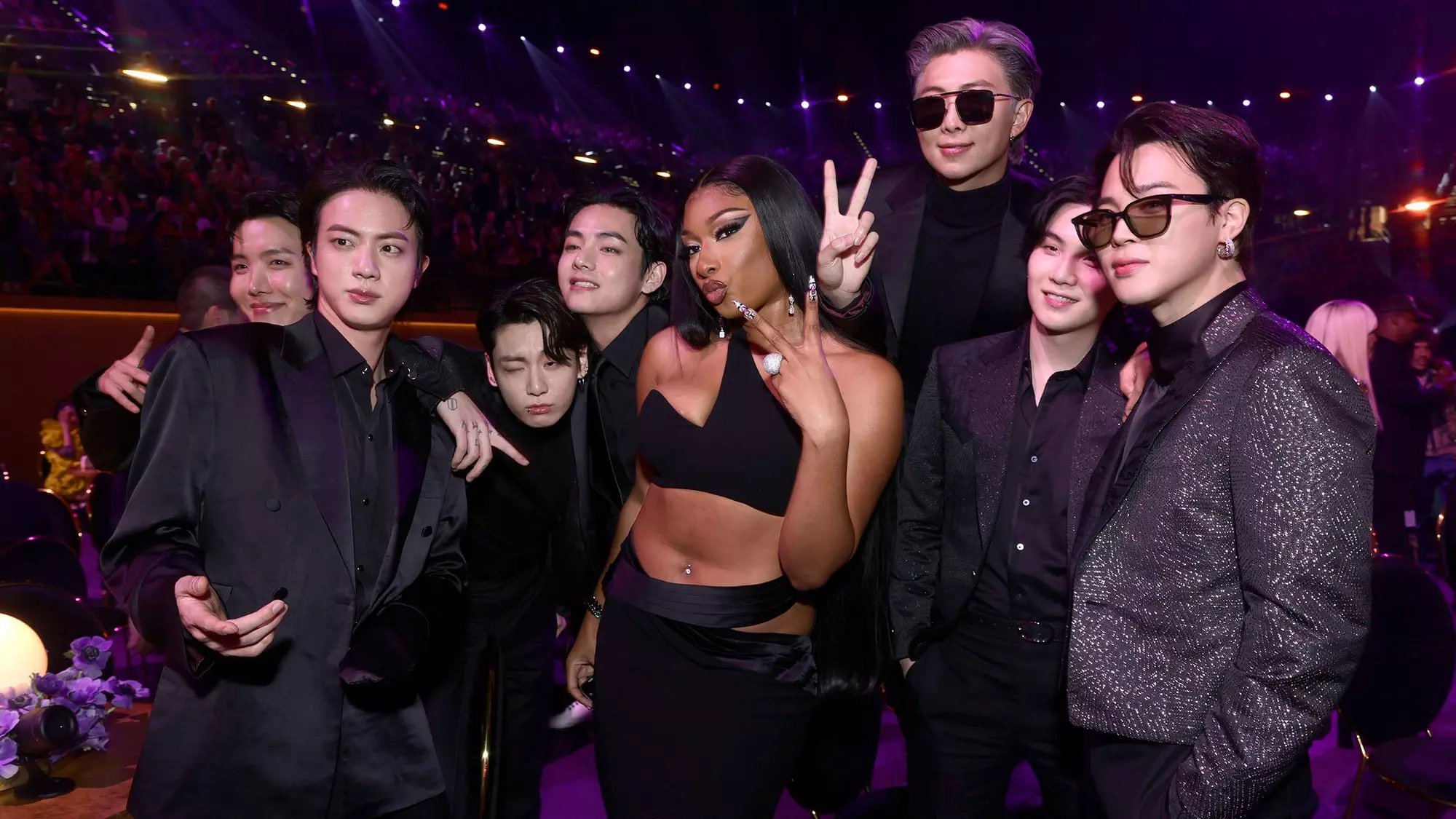
9 Essential K-Pop/Western Collabs: From BTS And Megan Thee Stallion, To IVE And Saweetie
